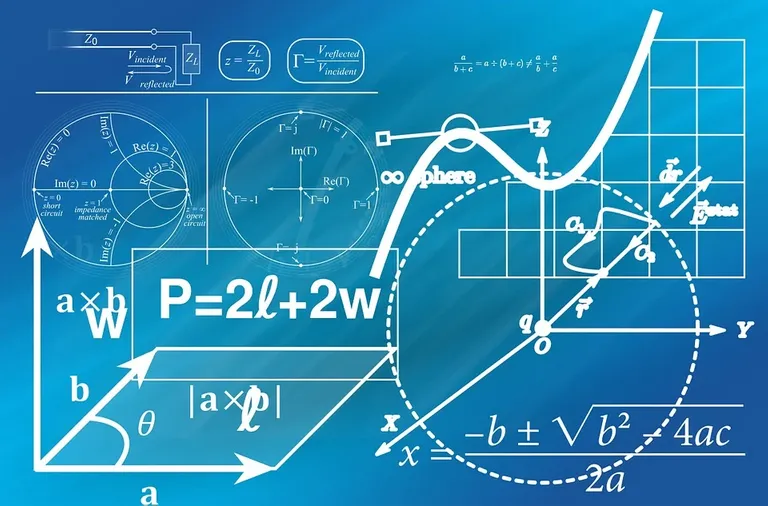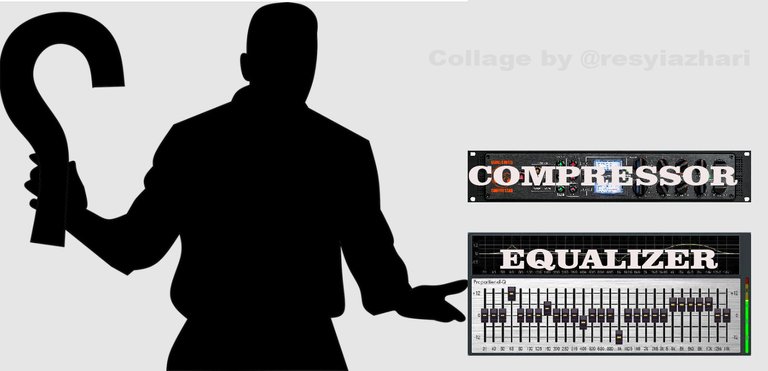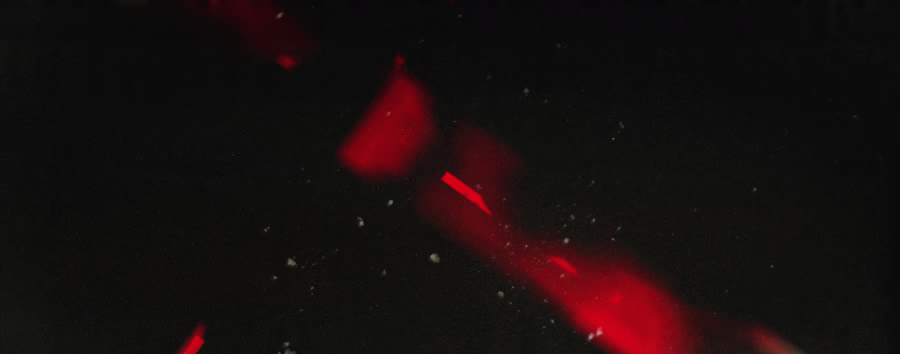
IMG:pixabay
Hello to my music-loving friends who are also members of the music community. In this post, I'll go over some of the questions that frequently pop into our heads and perplex music engineering newbies like me. And I'll respond to these questions based on what I've learned from friends who I consider teachers. As is customary, I will state that I am not an expert in this field and am simply documenting what I already know.
1. How to tell if the mixing process is finished, because music engineers are frequently dissatisfied with the mix's results.

As music engineering, Make sure you have a clear vision of the mixing you want to achieve before you begin. For instance, what emotions do you expect the song to evoke, what atmosphere do you want the song to evoke, and what the song's story will entail.
Emotions, moods, and stories will assist you in determining the clear direction of the mix that you will perform.
Why are we frequently dissatisfied with the results of our mixing?
When you say you're not satisfied, it means you didn't get what you expected. I have a question: do you already have a clear idea of where you want to go?

If you already know where you want to go, you need to check to see if you've taken the necessary steps to get there.
On the other hand, if it turns out that there are problems with the destination you want to go to, then you have to clarify again where you want to go.
However, if you already have a goal but are unsure of the way to take to achieve it, it means you need to investigate the best steps to take.
The same is true for mixing. If you don't know what audio destination you want, first figure out what audio destination you expect. However, if you already have an audio goal in mind but don't know how to get there, you'll need to learn more about mixing processes or techniques.
It's important to remember that mixing is a process. What makes music engineering more reliable and easier to mix is to keep doing and being consistent in learning to mix
2. How to Get the Mixing Really Mixed

IMG:pixabay
The basic answer is to find the right relationship between each frequency and dynamics between each instrument, as well as according to the genre of music. This includes the use of equalizers and balancing techniques. You can read my previous posts here, here and here.
What you should know is that each music genre has a different balancing and mixing pattern.
It should be emphasized once more that mixing is a process. It takes time to become proficient.
However, there are a few things you can do to shorten the time you need. Among them are:
- Improve your musicality by being more critical in listening to songs. This will increase your perception of mixing.
- The next step is to practice intensively using the audio processor, particularly the Equalizer, Compressor, Reverb, and Delay. By comprehending this, you will gain a better understanding of the impact of a parameter you set on your audio.
- Regularly practice your mixing and solicit feedback from your friends who are experts in the field. However, it is also required that you do not accept every piece of advice given to you by your friends. You have to be more critical in filtering an input. However, by listening to every input from other people, you will gain more points of view when creating a mix.
3. Have you ever experienced the Mixing approach, which is very similar?

IMG:pixabay
The answer is yes, and very frequently. The mixing approach is relatively consistent, especially in pop music.
Please listen to all pop music; you will hear the vocals and the music, and the relationship between the two will appear to follow the same pattern. Because, in general, the human brain prefers to listen to something familiar. The more familiar a voice you hear, the more likely you are to listen for a longer period of time. Because your goal in producing music is to be heard by as many people as possible.
4. How to reduce explosive vowel sounds

IMG:pixabay
The sound of air bursting from the vocalist's mouth to the microphone is referred to as an explosive sound in vocals. The pop filter facility is the most commonly used method. If you don't have a pop filter, you can trick it by putting a pencil or pen in front of your lips while singing.
In addition, during the mixing process, a multiband compressor can be used to reduce the amplitude at the dominant frequency of the explosive sound. It is typically found in the frequency range of 100-200 Hz.
5. Which comes first: the Equalizer or the Compressor?

This is a question that I'm sure even professional music engineers have had.
The answer is that there is no hard and fast rule in this regard. Everything is dependent on the desired outcomes.
If you want to adjust the audio dynamics first, you must use the compressor before the equalizer. If you want to smooth out the frequency amplitude first, you must use an equalizer.
I usually cut the low frequencies first, on vocals by the equalizer, because low frequencies between 20 and 100 Hz on vocals are unnecessary. After that, simply use a compressor to make the compressor more effective at regulating vocal dynamics. After that, use the equalizer once more.
Thus, my post is about 5 questions that frequently arise in the mind of a beginner in music engineering, such as myself. Hopefully, my post will be of greater assistance to you, allowing you to be more productive, efficient, critical, and creative when producing music.


FOLLOW ME ON
DISCORD FACEBOOK INSTAGRAM TELEGRAM TWITTER


